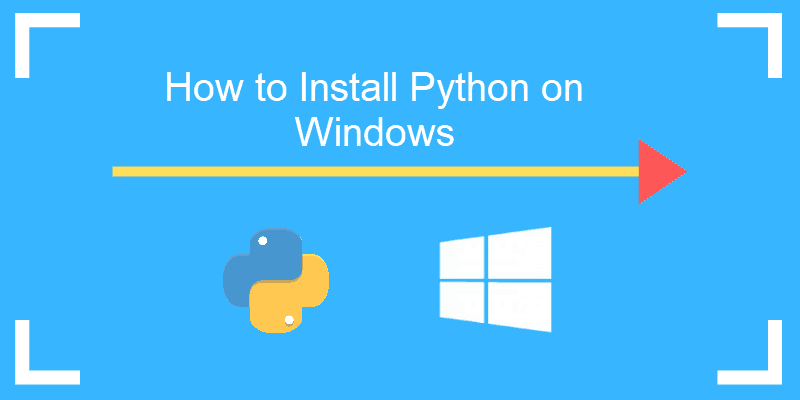

In the Start menu, search for “advanced system settings”. Else, this step is done manually as follows. In case you have added Python to environment variables while setting the Advanced options during the installation procedure, you can avoid this step. This step is done to access Python through the command line. The last (optional) step in the installation process is to add Python Path to the System Environment variables. Step 3: Add Python to environmental variables Once the installation is over, you will see a Python Setup Successful window.
#INSTALL PYTHON INTERPRETER WINDOWS 10 INSTALL#
You would need it for the next step.Īfter selecting the Advanced options, click Install to start installation. Make note of the python installation directory displayed in this step.

Optionally, you can select the Associate files with Python, Create shortcuts for installed applications and other advanced options. Here, select the Install for all users and Add Python to environment variables check boxes.
#INSTALL PYTHON INTERPRETER WINDOWS 10 DOWNLOAD#
In case your Windows installation is a 64-bit system, then download Windows x86-64 executable installer.

Step 1: Download the Python Installer binaries It is recommended to install the latest version of Python, which is 3.7.3 at the time of writing this article. You can choose the version of Python you wish to install.


 0 kommentar(er)
0 kommentar(er)
